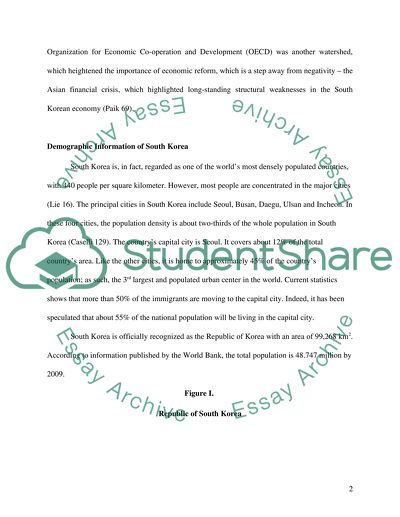Cite this document
(“South Korea Market Assignment Example | Topics and Well Written Essays - 1000 words”, n.d.)
Retrieved from https://studentshare.org/macro-microeconomics/1434113-south-korea-market
Retrieved from https://studentshare.org/macro-microeconomics/1434113-south-korea-market
(South Korea Market Assignment Example | Topics and Well Written Essays - 1000 Words)
https://studentshare.org/macro-microeconomics/1434113-south-korea-market.
https://studentshare.org/macro-microeconomics/1434113-south-korea-market.
“South Korea Market Assignment Example | Topics and Well Written Essays - 1000 Words”, n.d. https://studentshare.org/macro-microeconomics/1434113-south-korea-market.


